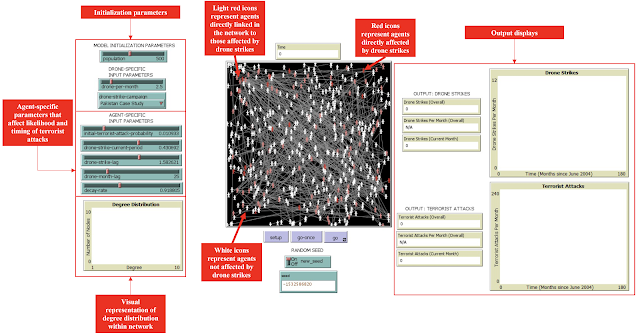The
GeoSim 2022 workshop focuses on all aspects of geospatial simulation as a paradigm to understand, model, and predict spatial phenomena and aid decision making. New simulation methodologies and frameworks, not necessarily coming from the SIGSPATIAL community, are encouraged to participate. Also, this workshop is of interest to everyone who works with spatial data. The simulation methods that will be presented and discussed in the workshop should find a wide application across the community by producing benchmark datasets that can be parameterized and scaled. Simulated data sets will be made available to the community via the website.
The workshop seeks high-quality full (8-10 pages) and short (up to 4 pages) papers that will be peer-reviewed. Once accepted, at least one author is required to register for the workshop and the ACM SIGSPATIAL conference, as well as attend the workshop to present the accepted work which will then appear in the ACM Digital Library.
We solicit novel and previously unpublished research on all topics related to geospatial simulation including, but not limited to:
- Disease Spread Simulation
- Urban Simulation
- Agent Based Models for Spatial Simulation
- Multi-Agent Based Spatial Simulation
- Big Spatial Data Simulation
- Spatial Data/Trajectory Generators
- Environmental Simulation
- GIS using Spatial Simulation
- Modeling and Simulation of COVID-19
- Interactive Spatial Simulation
- Spatial Simulation Parallelization and Distribution
- Geo-Social Simulation and Data Generators
- Social Unrest and Riot Prediction using Simulation
- Spatial Analysis based on Simulation
- Behavioral Simulation
- Verifying, and Validating Spatial Simulation
- Applications for Spatial Simulation
Workshop information
Submission deadline: September 01, 2022
Author Notification: September 27, 2022
Workshop date: November 01, 2022
Workshop website: http://www.geosim.org
Submission site: https://easychair.org/conferences/?conf=geosim2022











































